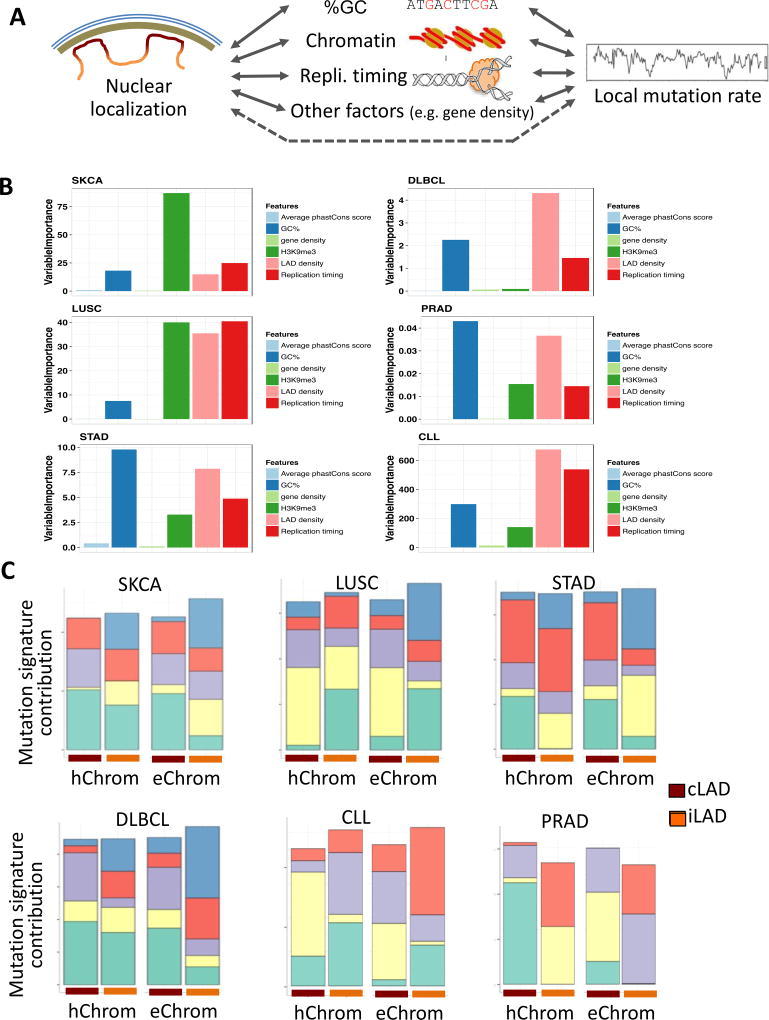Figure 3. Certain differences in somatic mutation patterns between nuclear core versus periphery are not due to chromatin and other factors.
A) Nuclear localization of genomic DNA is, at least partly, associated with chromatin, and also other features such as GC content, replication timing and gene density, which modulate the local mutation rate. Effects of nuclear localization beyond that explained via these known covariates are investigated. B) Marginal variable importance metrics for different genomic features computed from random forest regression were compared for six cancer types. C) Mutational signatures differ between genomic material localized at the nuclear core and periphery even when assessed within similar euchromatic or heterochromatic contexts. Note that color codes of mutation signatures and their relative contributions are comparable only within respective cancer cohorts. See Supplementary Fig. 5 for additional comparative assessments.

